The introduction of stricter front wing regulations in F1 is the talk of the town in Barcelona this weekend, with the FIA technical directive aimed at limiting flexibility being enforced from the Spanish Grand Prix onwards.
In the Circuit de Barcelona-Catalunya paddock, the range of opinions on the matter span from those who believe the new rules can be a "game changer", like Ferrari team principal Fred Vasseur, to those who, conversely, argue nothing will substantially change, such as McLaren boss Andrea Stella.
The truth, as always, will likely be found halfway between the two aforementioned extremes.
The result of that reality is this: That nothing will remain as before, in terms of the management of air flow that touches the car, but also that the extent of its effect depends on each individual design philosophy.
Or rather, on the original aerodynamic approach of the car and the ability of each team to find a compromise that prevents upsetting the function of its underlying concept.
This greatly depends on the ability to replicate the changes and mitigate from there during the production of a new or amended front wing, through simulating the new deflection limits on the individual elements of the front wing.
In turn, this would have allowed each team the opportunity to find a system to reinforce the front wing structure specifically at the points where the maximum deflection is measured from - and alter that to meet the new requirements accordingly whilst ensuring as much consistency in performance between the new and previous version.
An important clarification, that we believe is appropriate, concerns the visual aspect of the effects from the new rules.
It is fair to argue that by observing the onboard cameras on the front wing of the cars, it is not possible to evaluate a difference in terms of maximum deflection that can be appreciated by the naked eye, and above all not on every section of the track.
In extension of this, it is important to remember that the maximum loads that can be placed upon the front wing at maximum speed can reach a level three times higher than the static loads of the flexibility tests.
Although it is not correct to argue that nothing has changed, it is equally correct to reiterate that the teams, in fact, obtain the same previous flexibility, just in a more sophisticated way, by moving along the longitudinal axis of the wing, making it fall within the new limits.
Ultimately, a job that all the teams, especially the top ones, have concentrated on to avoid repercussions on the performance of the individual cars, is resources in a similar way as if this was a scheduled upgrade.
The FIA has thus been able to demonstrate it is policing the flexibility of the wings, whilst the teams have found a satisfactory rearrangement.
The questions remains: could all this have been avoided, and did it make sense to follow this course of action?
This remains to be seen, but the rules change and the teams must adapt. However, sometimes, there are no winners - of so it seems - as there are no appreciable results to evaluate.
A photo and explanation can be found below.
Photo explanation
Whilst previously the front wings deflected 15mm under the influence of static flexibility test, they now deflect 'only' 10mm under the same load of 1000 Newtons. These values deviate from the values achieved at high speed, when the load is three times as high, but these values are almost impossible to measure.
Also interesting:
WATCH: Verstappen, Norris & Piastri at odds over F1 title fight
Join RacingNews365's Ian Parkes and Nick Golding, as they discuss all the key talking points following media day at the Spanish Grand Prix!
Don't miss out on any of the Formula 1 action thanks to this handy 2026 F1 calendar that can be easily loaded into your smartphone or PC.
Download the calenderMost read
In this article
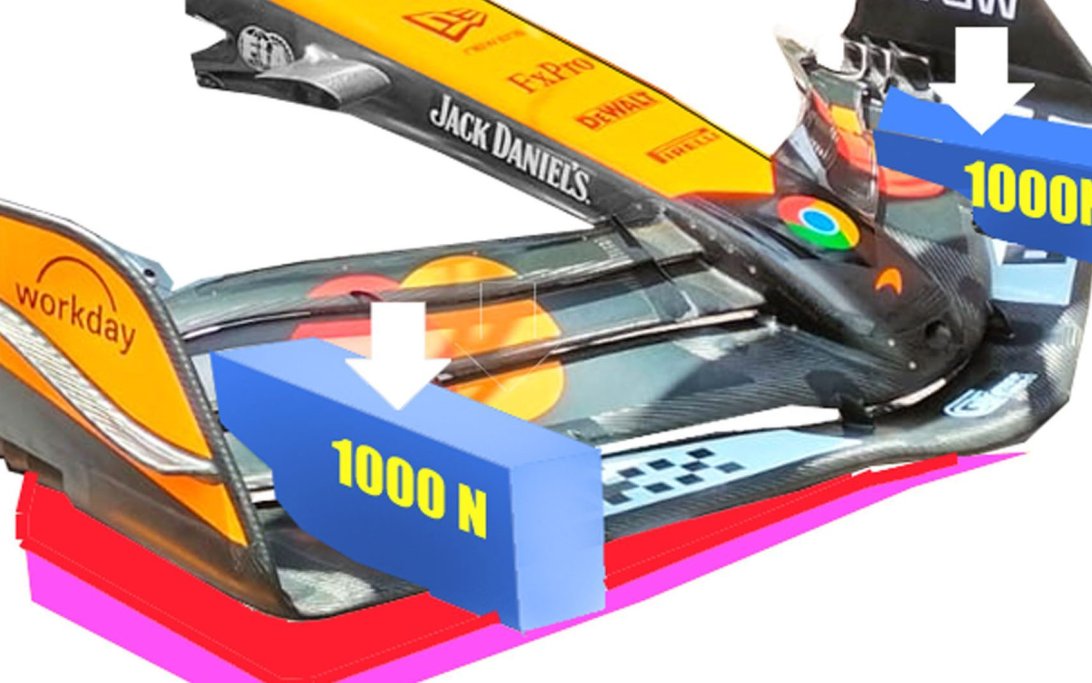

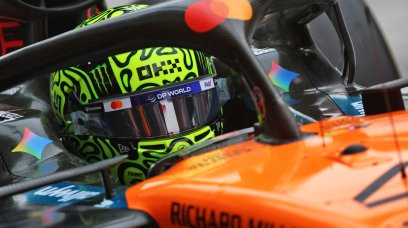


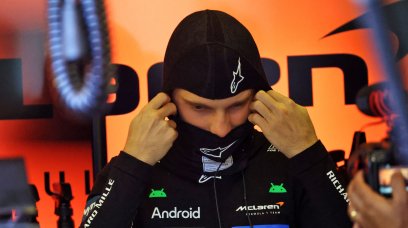

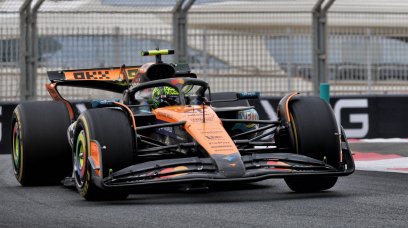
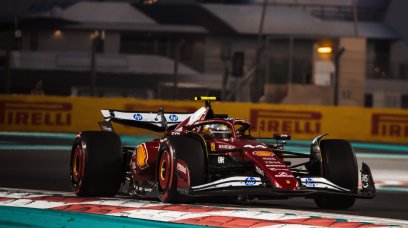
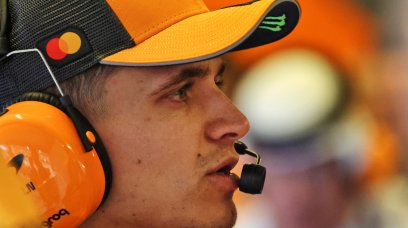
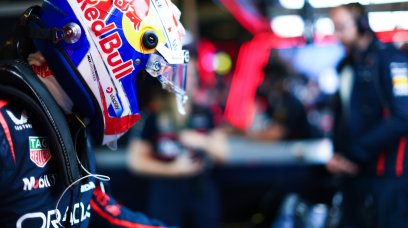












Join the conversation!